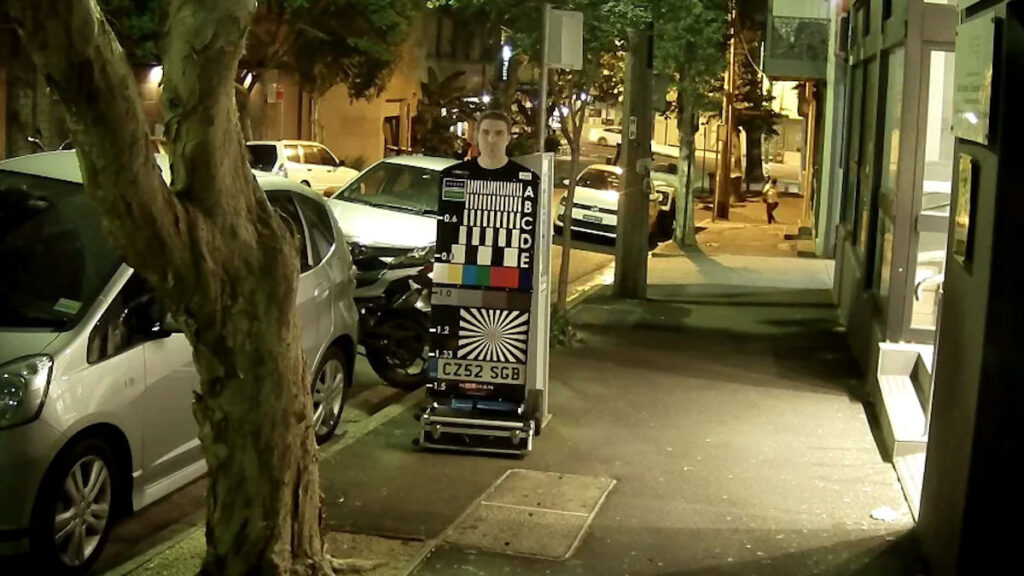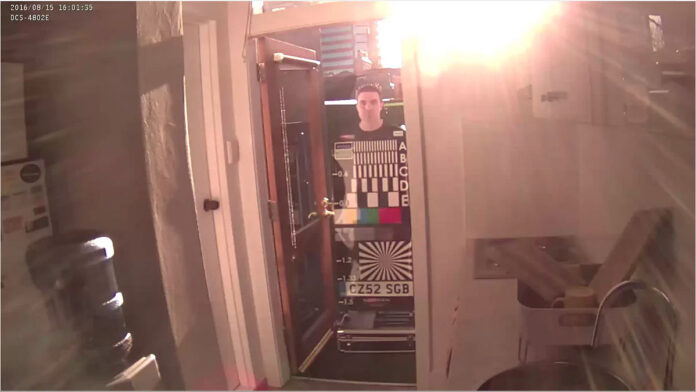Signal To Noise Ratio Vs Wide Dynamic Range Impact On Camera Performance?
Signal To Noise Ratio Vs Wide Dynamic Range – What’s the difference between signal to noise ratio and wide dynamic range in terms of camera performance or are they the same thing?
A: Signal to noise ratio and wide dynamic range aren’t the same thing. Signal to noise ratio is simply the level of desired signal compared to the noise signal. Signal to noise ratio depends on a number of factors, some of which relate to the camera engine and others which relate to the installation environment, and all of which impact mostly on low light performance, though will impact on sharpness and contrast in good light.
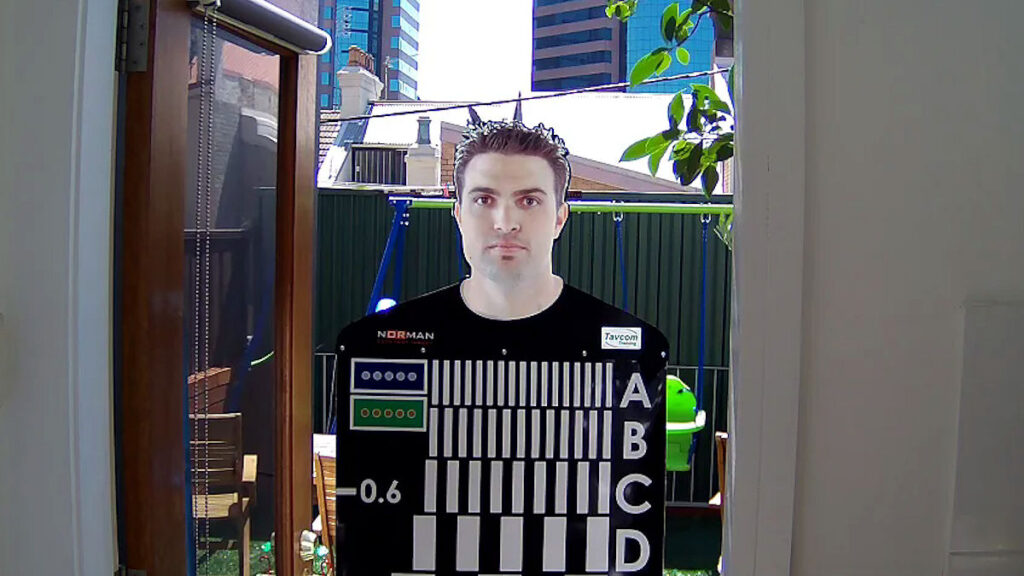
You can’t avoid all the noise in an electrical signal, so engineers try to minimise through variables like camera sensor quality, circuit design, EMI protection afforded by camera housing, camera body and EMI resistant circuitry design that includes features like automatic gain control and backlight compensation.
Signal To Noise Ratio Vs Wide Dynamic Range
Something else that needs to be taken into account is the ambient temperature for optimum operation with minimum signal to noise ratio – cooler is better. Noisy images are filled with artefacts of various kinds and typically, these will increase as light levels in the scene fall, increasing bandwidth and storage demands. So, S/N, measured as decibels, is an important number – the higher the signal to noise ratio, the better the camera will perform in low light.
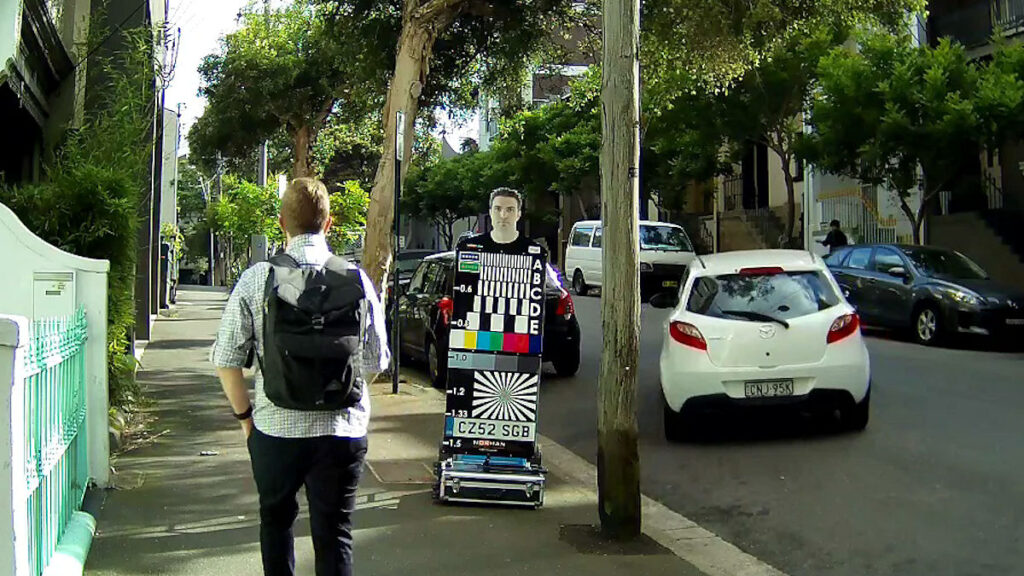
Conversely, wide dynamic range reflects the ability of a camera to handle foreground objects in lower light, as well as extremes of backlight simultaneously. This sort of performance is important anywhere there are large areas of glass or in external applications, especially those facing North and West in ANZ.
What these extremes represent from the electrical perspective of a camera sensor is saturation. WDR then, is saturation exposure divided by RMS noise equivalent exposure. Once saturation is reached, the brightest parts of the image will bloom into white – nothing will be visible – all will be noise.
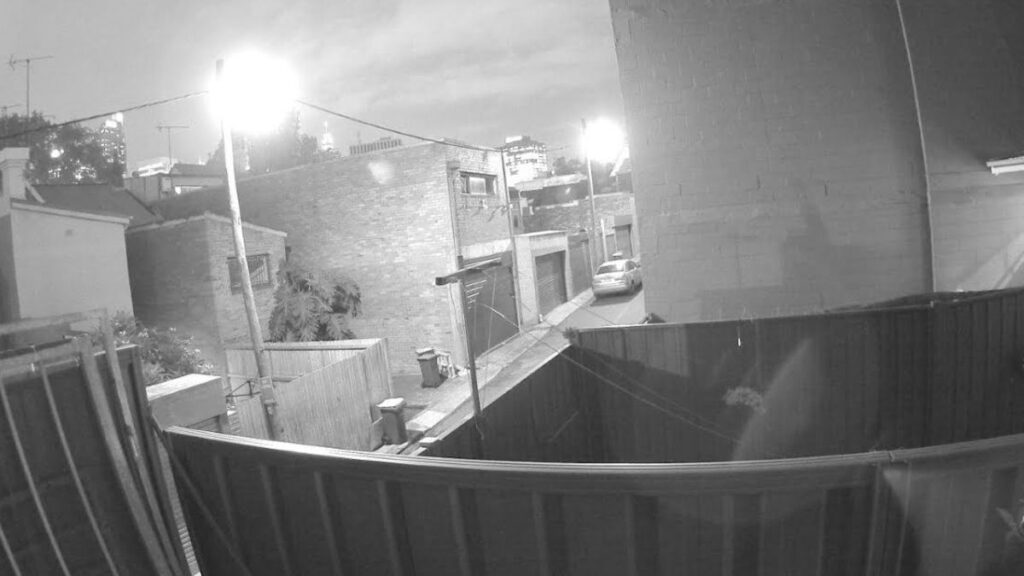
Well-designed camera systems use a range of techniques to overcome extreme backlight, including auto irises which reduce light reaching the sensor to its upper limits, and anti-blooming, which ensures a sensor pixel can’t gather charges larger than the sensor can move. A quality sensor that’s well designed should be able to retain all the important detail in a scene using these techniques.
Signal To Noise Ratio Vs Wide Dynamic Range
Something to note is that modern WDR is an integral part of a camera’s digital processes and what that means in terms of the camera system’s underlying ability to handle WDR has become opaque. Instead, what you see on screen is an image that’s tidied up in software, with processors and firmware evening out extremes based on the camera’s internal processing. And you can certainly see it when cameras handle WDR better, especially in scenes with plenty of movement.

It’s pointless moaning too much about this in the digital era, when software is doing so much work to compensate for low quality hardware, including lensing. Regardless, it’s worth pointing out that the more work a camera puts on an image, the more latency there will be, and there will be a loss of contrast and sharpness that will negatively impact the camera’s ability to handle faces and plates.
Both WDR and SNR are important numbers – installers and end users ignore them at their peril. Propellorheads can find out more about signal to noise ratio here or read more SEN news here.
“Signal To Noise Ratio Vs Wide Dynamic Range Impact On Camera Performance?”
